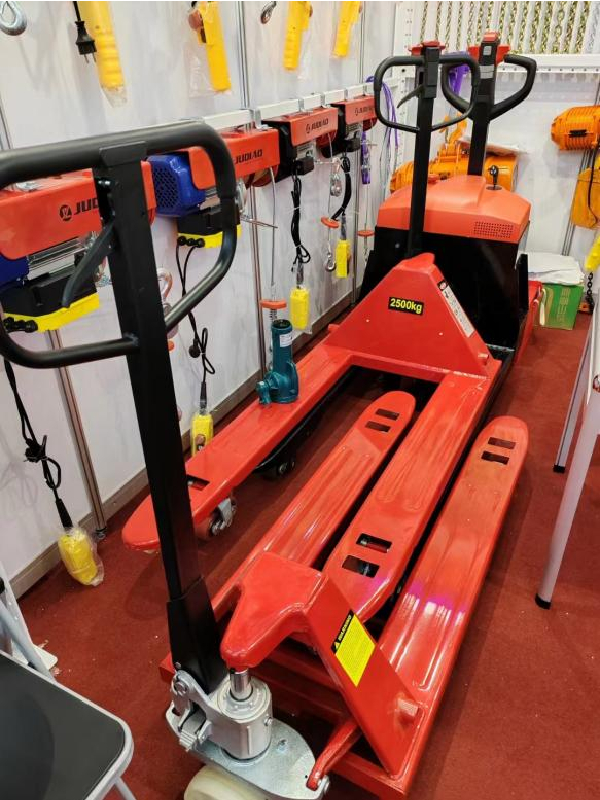


Understanding Lever Blocks A Comprehensive Guide
In the realm of material handling and industrial lifting, lever blocks stand out as essential tools for ensuring efficiency and safety. These mechanical devices, often known as lever hoists, utilize the principle of leverage to lift heavy loads with minimal effort. With their versatile applications across various industries, understanding how lever blocks work and their benefits can significantly enhance operational productivity.
What is a Lever Block?
A lever block is a portable, manual device that features a chain or wire rope, a lever arm, and a ratchet and pawl mechanism. The basic operation involves pulling the lever down to create tension in the chain or rope, which subsequently lifts the load. This simple yet effective mechanism allows users to lift heavy items with relative ease by multiplying the force applied through leverage. Lever blocks are commonly used in construction, shipping, and automotive repair, among other sectors.
Key Components of Lever Blocks
Typically, a lever block comprises several critical components 1. Lever Arm The main part of the block that the operator pulls down. 2. Chain or Rope This is the medium through which the load is lifted. The chain is usually of high tensile strength, designed to withstand heavy weights. 3. Ratchet and Pawl Mechanism This feature allows the load to be locked in place once lifted, preventing it from falling back down. 4. Hook Located at the end of the chain or rope, the hook secures the load being lifted.

Advantages of Using Lever Blocks
1. Ease of Use Lever blocks are user-friendly and do not require extensive training, making them accessible for various users. 2. Portability These tools are typically lightweight and compact, allowing for easy transportation and storage, which is crucial on job sites with limited space. 3. Safety Features The ratchet mechanism secures the load, minimizing the risk of accidents or injuries during lifting tasks. 4. Versatility Lever blocks can be utilized in numerous applications—from lifting engines in garages to moving heavy furniture during relocations.
Applications of Lever Blocks
The versatility of lever blocks makes them suitable in various scenarios, including - Construction For lifting heavy materials, equipment, and tools. - Warehousing Assisting in loading and unloading goods from trucks and pallets. - Automotive Used for lifting car engines and heavy parts for repairs. - Theatrical and Stage Production Helping in the rigging of sets and lighting.
Conclusion
Lever blocks are indispensable tools in industrial operations, combining simplicity with effectiveness to tackle heavy lifting challenges. By understanding their function and benefits, operators can enhance workplace safety and productivity. As industries continue to evolve, the importance of efficient lifting solutions like lever blocks cannot be overstated. Investing in quality lever blocks and ensuring proper maintenance can drive efficiency and optimize performance in any lifting operation. Whether you're managing a busy warehouse, overseeing a construction site, or simply in need of a reliable lifting solution, lever blocks prove to be a wise choice.



